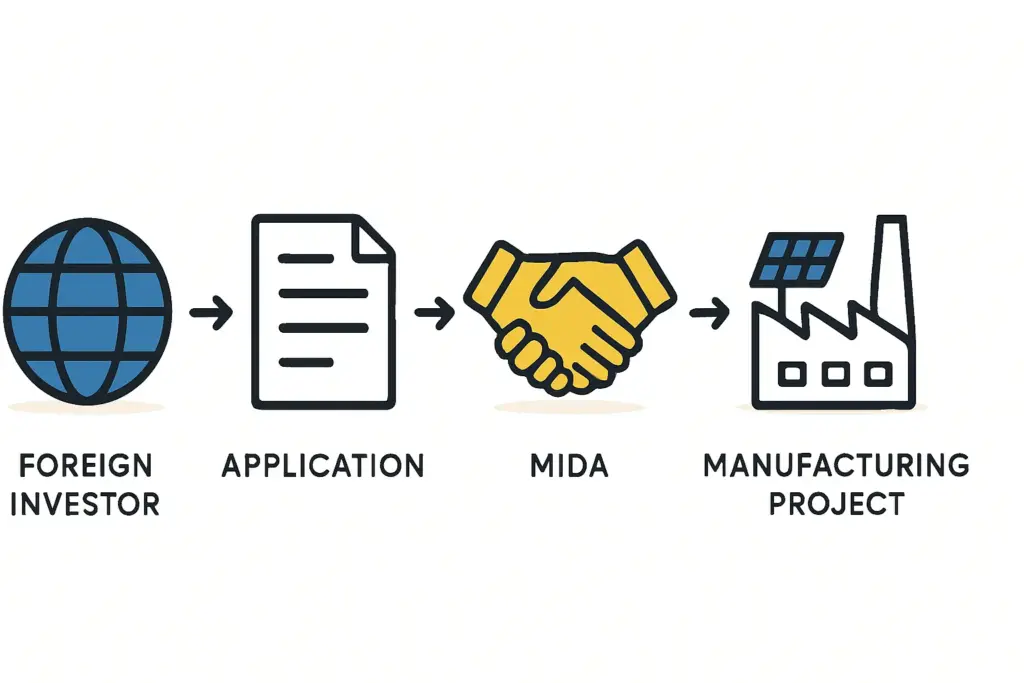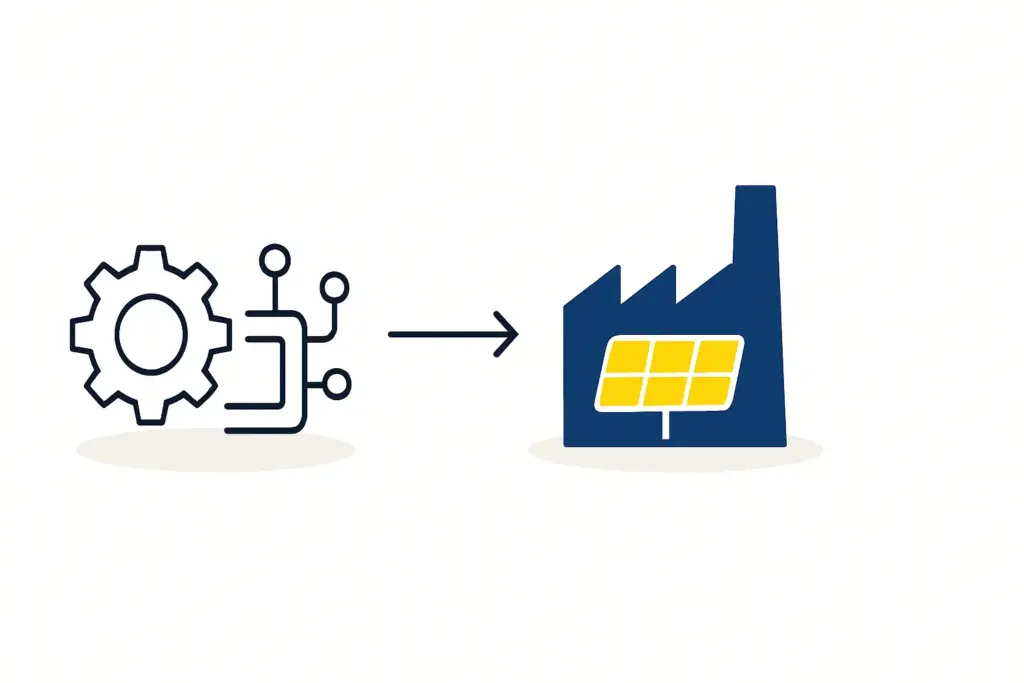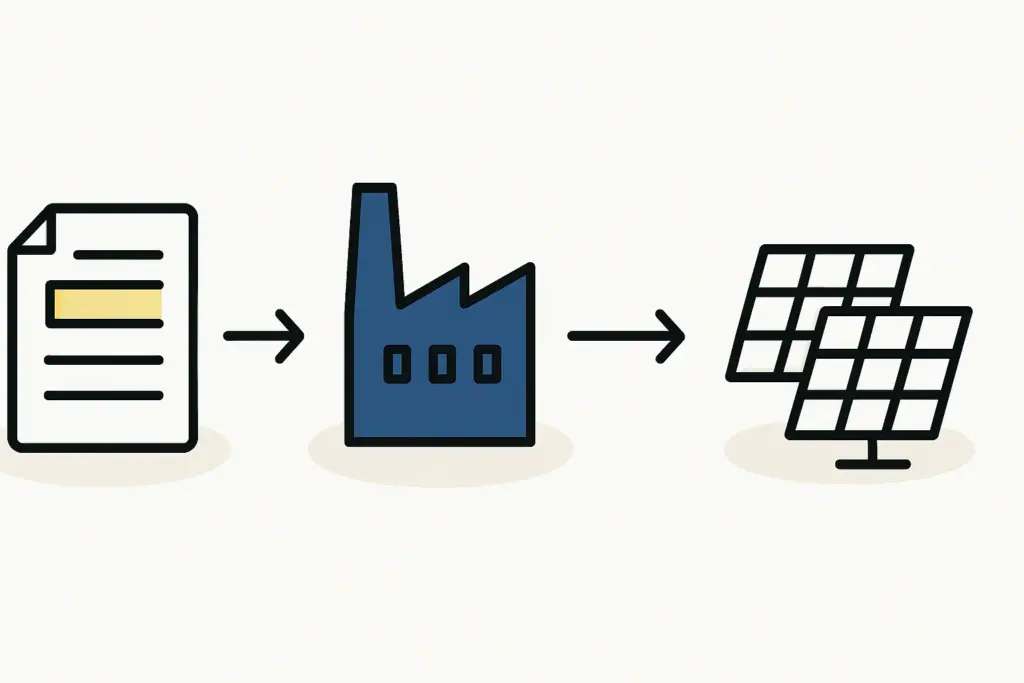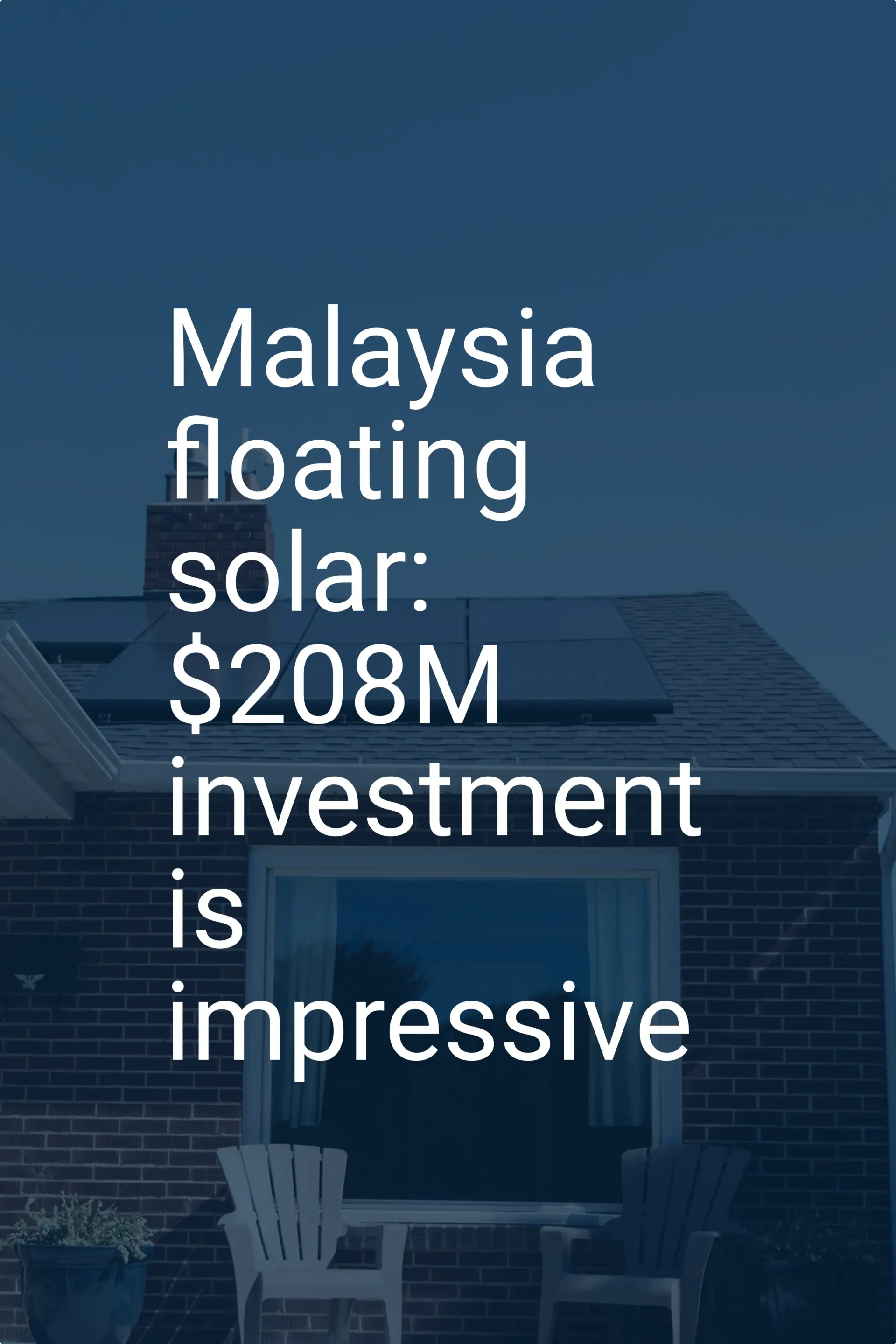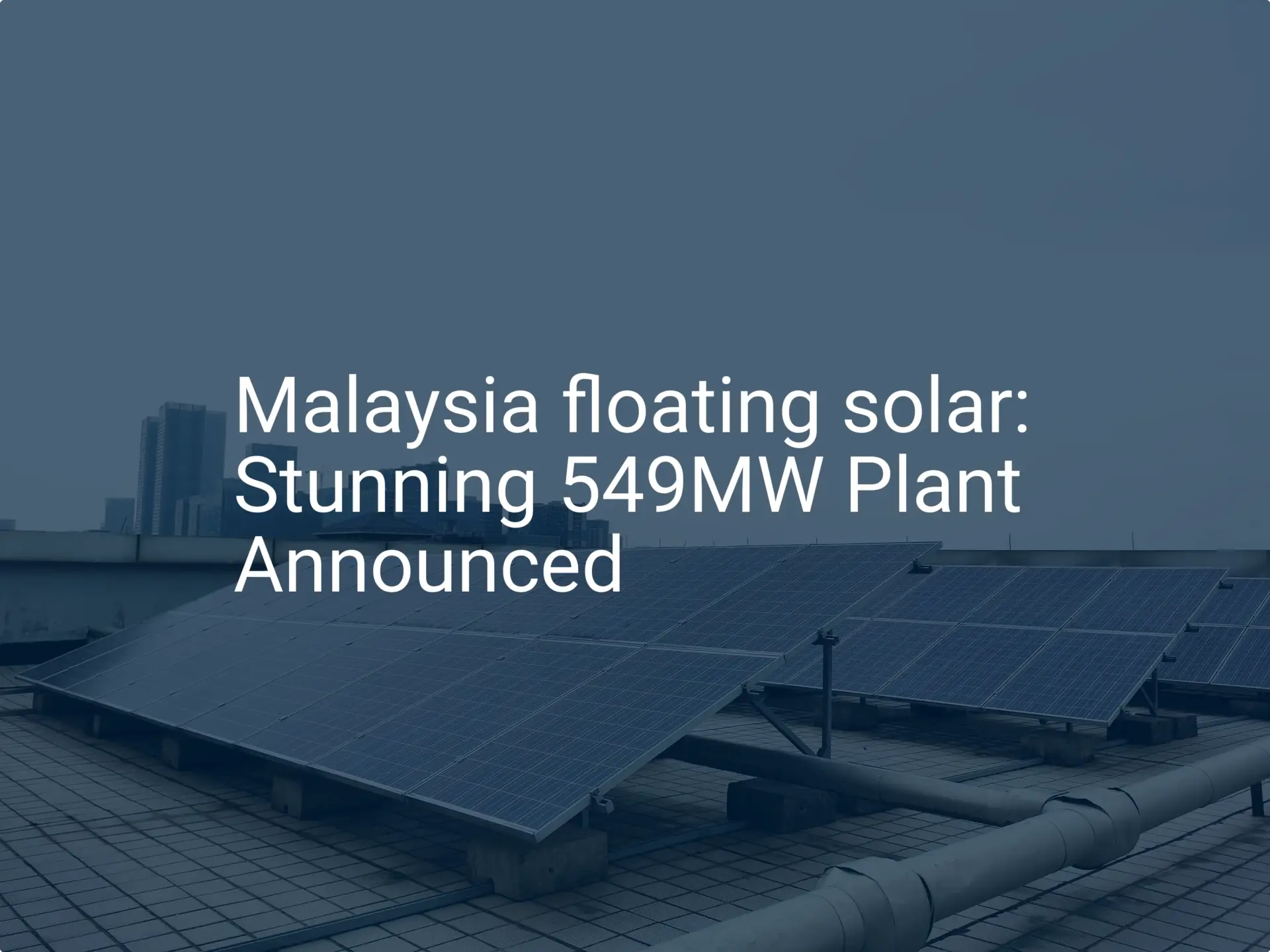Discover comprehensive insights into the statistics, market trends, and growth potential surrounding the solar panel manufacturing industry in Malaysia
- Climate Top (2023). (2023). Solar Sunlight in Malaysia. Retrieved from https://www.climate.top/malaysia/kuala-lumpur/sunlight/
- International Renewable Energy Agency (IRENA). (n.d.). Energy Profile Malaysia. Retrieved from https://www.irena.org/-/media/Files/IRENA/Agency/Statistics/Statistical_Profiles/Asia/Malaysia_Asia_RE_SP.pdf
- GlobalPetrolPrices.com. (n.d.). Malaysia electricity prices, December 2023. Retrieved from https://www.globalpetrolprices.com/Malaysia/electricity_prices/
- World Bank. (2023). Access to electricity (% of population . Retrieved from https://data.worldbank.org/indicator/EG.ELC.ACCS.ZS?locations
- The Star. (2023, November 5). Solar powers Malaysia’s renewable energy push. Retrieved from https://www.thestar.com.my/news/focus/2023/11/05/solar-powers-malaysias-renewable-energy-push
- Seda. (2022). MyRER: Malaysia renewable energy roadmap (Version 3). Sustainable Energy Development Authority (SEDA). https://www.seda.gov.my/reportal/wp-content/uploads/2022/03/MyRER_webVer3.pdf
- IRENA. (2023). Malaysia Energy Transition Outlook. Retrieved from https://www.irena.org/-/media/Files/IRENA/Agency/Publication/2023/Mar/IRENA_Malaysia_energy_transition_outlook_2023.pdf?rev=3aa419546f0d479289ca7d32f2311adc
- Malaysia – An energy Snapshot – Asia Natural Gas & Energy Association. (n.d.). Asia Natural Gas & Energy Association. https://angeassociation.com/malaysia-gas-policy-brief/
- Energy Watch & Thambirajah, S. (2021, June 11). A Brighter Future for Reliable Power in Malaysia. Retrieved from https://www.energywatch.com.my/blog/2021/06/11/a-brighter-future-for-reliable-power-in-malaysia/
- Malaysian Investment Development Authority. (2023, July 13). Solar Energy: Future Looks Bright in Malaysia. MIDA. https://www.mida.gov.my/mida-news/solar-energy-future-looks-bright-in-malaysia/
- Database Earth. (n.d.). Malaysia generates solar-powered energy. Database Earth. https://database.earth/energy/power-plants/solar-power/malaysia#:~:text=Malaysia%20generates%20solar%2Dpowered%20energy,power%20plants%20across%20the%20country
- Statista. (2024). Solar Energy – Malaysia | Statista Market Forecast. Retrieved from https://www.statista.com/outlook/io/energy/renewable-energy/solar-energy/malaysia
- Ungku Anisa Ungku Amirulddin. (2023, November 2). How solar is powering Malaysia’s renewable energy push. The Vibes Malaysia. Retrieved from https://www.thevibes.com/articles/news/99760/how-solar-is-powering-malaysias-renewable-energy-push
- Payscale. (2024). Electrical Engineer Salary in Malaysia. Retrieved from https://www.payscale.com/research/MY/Job=Electrical_Engineer/Salary
- Malaysia. (2022). Population Dashboard. OpenDOSM. Retrieved from https://open.dosm.gov.my/dashboard/population
- Horizons. (2024). Minimum wage in Malaysia [2024 Guide]. Retrieved from https://joinhorizons.com/countries/malaysia/hiring-employees/minimum-wage/#:~:text=In%20February%20of%202020%2C%20Malaysia’s,with%20five%20employees%20or%20more
- Perbadanan Bekalan Air Pulau Pinang Sdn. Bhd. (2024). Domestic tariffs 2024: Appendix. Retrieved from https://pba.com.my/pdf/news/2024/07022024_PBAPP_DOM-Tariffs-2024_Apendix.pdf
- I-Industrial. (2024). Warehouse factory to let. Retrieved August 3, 2024, from https://www.i-industrial.space/warehouse-factory-to-let
- Aenert. (2024, March). Energy Industry in Malaysia. Aenert. https://aenert.com/countries/asia/energy-industry-in-malaysia/
- Raj, A., & Aziz, S. (2022, June 30). Legal updates on the solar energy industry in Malaysia. Legal 500. Retrieved from: https://www.legal500.com/developments/thought-leadership/legal-updates-on-the-solar-energy-industry-in-malaysia-2/
- The Malaysian Reserve: Solar adoption in Malaysia made affordable with govt incentives. Retrieved from https://themalaysianreserve.com/2023/08/23/solar-adoption-in-malaysia-made-affordable-with-govt-incentives/
- Power Technology. (February 15, 2024). Top five solar PV plants in operation in Malaysia. Retrieved from: https://www.power-technology.com/data-insights/top-five-solar-pv-plants-in-operation-in-malaysia/?cf-view
- Malaysian Investment Development Authority. (2023). Leading solar companies in Malaysia. Retrieved from https://www.mida.gov.my/solar-companies
- Koons, E. (2024, April 5). Renewable energy in Malaysia 2024 – From oil to sustainability. Energy Tracker Asia. Retrieved from https://energytracker.asia/renewable-energy-in-malaysia/
- Online, S. (2024, April 3). Energy Commission opens bidding for LSS5 programme. The Star. Retrieved from https://www.thestar.com.my/business/business-news/2024/04/01/energy-commission-opens-bidding-for-lss5-programme






